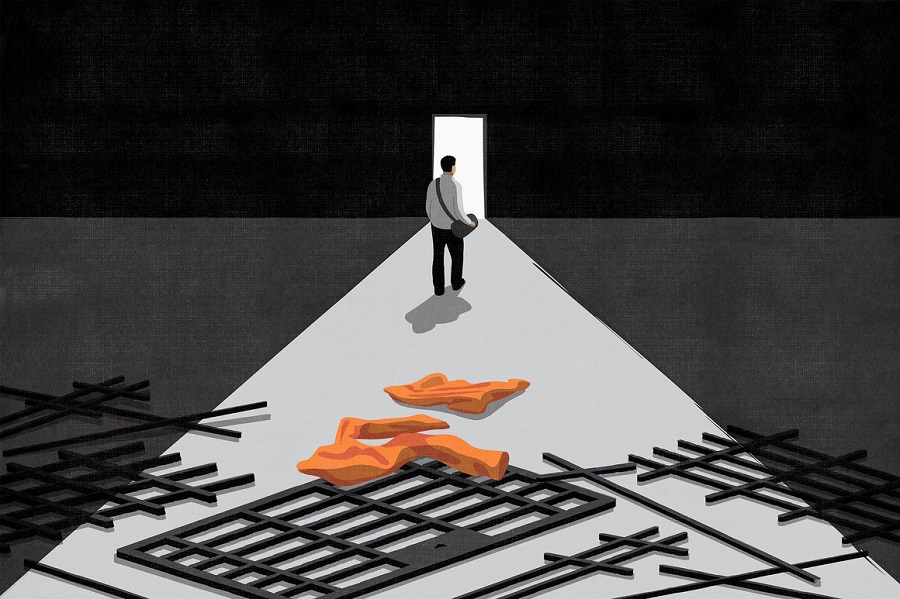RIO DE JANEIRO, BRAZIL – Starting January 1, 2022, the Uruguayan government intends to implement a program to encourage entrepreneurship within prisons. Inmates would contribute to the social security system as if they were self-employed and would receive a salary for products or services sold.
According to the National Rehabilitation Institute (INR), in 2020 one third of inmates performed some type of labor activity at least once a month. And of this group, half consisted of non-specialized activities, including cleaning and maintenance of the prison facilities.

The program, to be called Plan de Dignidad Laboral para Personas Privadas de Libertad (Labor Dignity Plan for Persons Deprived of Liberty), is currently undergoing a legal and regulatory process. This will allow prisoners to set up their own enterprises while detained, be it they personal initiatives or undertakings comprising up to 5 people.
To launch the project, the Ministry of the Interior will finance the purchase of supplies and the advertising of the goods and services that inmates wish to market. The goal is to implement it from 2022 onward.
Director of Coexistence and Citizen Security Santiago González explained that the aim is “for inmates to be able to receive a salary for their work, which, in most cases, will be through self-management.”
THE PROJECT’S FINE PRINT
According to the proposal, one of the main novelties will be that inmates will contribute to social security through a ‘Single PPL Social Contribution’ paid into the Social Security Bank. They will thus be included and registered in the social security system. Although the contribution will be collected by the Bank, the withholding agent will be the National Rehabilitation Institute and there will be no relationship of dependence between inmates and this entity.
In addition, they will not pay full contributions, but rather a progressive rate. During the first year they will pay 25%, in the second year it will be 50% and only in the fourth year will they pay the full amount.
The plan’s regulations will specify how revenues from the sale of goods and services will be administered, while the fee will be determined by the prison authorities. Some 60% of the fee will be used for the inmate’s personal expenses – including the costs of maintaining the enterprise – and the remainder will not be available, unless it is needed to continue developing the enterprise.
Inmates will only have access to the total once released. In addition, the prison authority will be able to charge up to 20% of revenues as compensation for the use of prison facilities.

